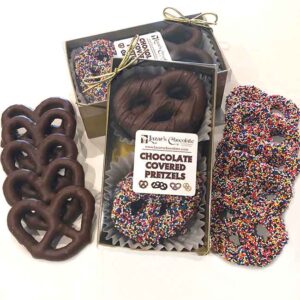 Chocolate designs can be incredibly artistic and varied, encompassing everything from simple shapes to intricate sculptures. Here are some popular types and trends in chocolate design:
Chocolate designs can be incredibly artistic and varied, encompassing everything from simple shapes to intricate sculptures. Here are some popular types and trends in chocolate design:
- Sculptural Chocolate Art: These are often large, detailed pieces created for special occasions or displays. They can include anything from animals and characters to abstract shapes.
- Chocolate Bonbons and Truffles: These smaller chocolates often feature intricate decorations, such as painted or airbrushed designs, textured finishes, or edible gold leaf.
- 3D Printed Chocolate: Advancements in technology have allowed for the creation of highly detailed and complex chocolate designs using 3D printers.
- Chocolate Bars with Artistic Inclusions: Artisanal chocolate bars often include unique patterns created by mixing in ingredients like nuts, dried fruits, or edible flowers in artistic ways.
- Geometric Shapes and Patterns: These can include everything from simple geometric patterns to more complex tessellations and fractal designs.
- Themed Chocolate Sets: Sets of chocolates designed around a particular theme, such as holidays, movies, or cultural motifs.
- Chocolate Lettering and Calligraphy: Chocolate can be used to create detailed lettering and calligraphy for personalized gifts or decorations.
- Marbled and Swirled Chocolates: These designs incorporate different types of chocolate (e.g., dark, milk, white) swirled together to create marbled effects.
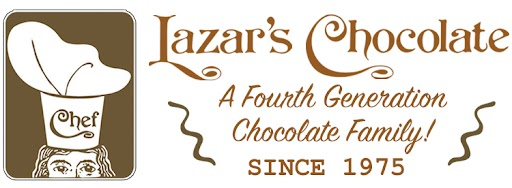

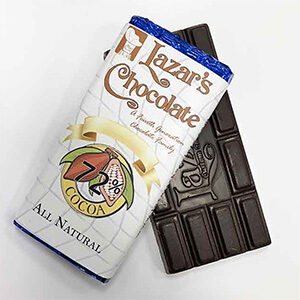 The melting point of chocolate can vary depending on its composition. Here are the typical melting points for different types of chocolate:
The melting point of chocolate can vary depending on its composition. Here are the typical melting points for different types of chocolate: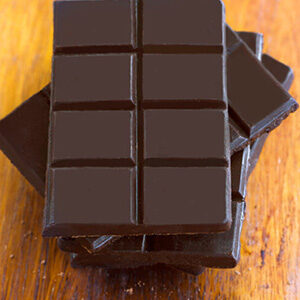 Chocolate bars are a beloved treat enjoyed by many around the world. They come in various forms, flavors, and qualities, ranging from simple milk chocolate to complex artisan creations. Here’s a brief overview of some popular types and brands of chocolate bars:
Chocolate bars are a beloved treat enjoyed by many around the world. They come in various forms, flavors, and qualities, ranging from simple milk chocolate to complex artisan creations. Here’s a brief overview of some popular types and brands of chocolate bars: Creating chocolate designs can be a fun and creative process, whether you’re working with chocolate molds, hand-painting with colored cocoa butter, or crafting intricate decorations. Here are some popular chocolate design techniques and ideas:
Creating chocolate designs can be a fun and creative process, whether you’re working with chocolate molds, hand-painting with colored cocoa butter, or crafting intricate decorations. Here are some popular chocolate design techniques and ideas: Creating chocolate surprises can be a delightful and fun activity. Here are a few ideas to get you started:
Creating chocolate surprises can be a delightful and fun activity. Here are a few ideas to get you started: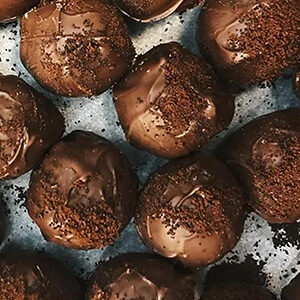 Chocolate is a complex and multifaceted food with a wide range of flavors and textures. The taste of chocolate can be influenced by several factors, including the type of cacao beans used, the processing method, and the ingredients added during production. Here are some common flavor profiles and characteristics you might encounter in different types of chocolate:
Chocolate is a complex and multifaceted food with a wide range of flavors and textures. The taste of chocolate can be influenced by several factors, including the type of cacao beans used, the processing method, and the ingredients added during production. Here are some common flavor profiles and characteristics you might encounter in different types of chocolate: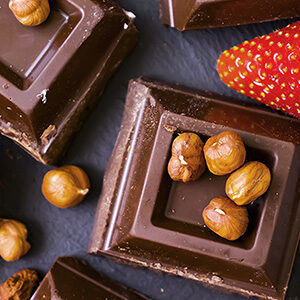 Chocolates are a popular gift and treat during holidays for several reasons:
Chocolates are a popular gift and treat during holidays for several reasons: Chocolate holds various significances across different cultures and contexts, but some common themes emerge:
Chocolate holds various significances across different cultures and contexts, but some common themes emerge: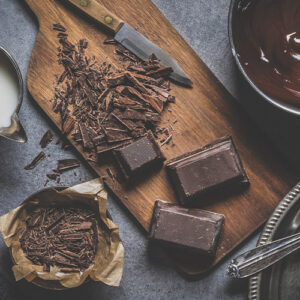
 are some common chocolate flavors:
are some common chocolate flavors:
Recent Comments